How to build a greenhouse for growing vegetables all year round
Growing greens and vegetables in a greenhouse all year round is a tempting idea for many. But before building such a structure, you should think about everything and consider many options. For winter growing vegetables, you need to take care of heating, lighting and water supply. At the same time, it is necessary to think about how to make the greenhouse economical so that the costs pay off and the harvest does not turn out to be "golden".
How to choose the right place for a greenhouse
Having decided to build a greenhouse, you need to inspect the site and think about which place for growing vegetables is most suitable. It is not under construction for one year, and there is no need to be mistaken in this matter.
Criteria for choosing a place:
- solar lighting;
- wind blowing;
- flooding of the site during floods and rains;
- remoteness from a residential building;
- convenient access;
- the possibility of water supply.
Solar lighting
It is necessary that the sun illuminates the plants in the greenhouse throughout the day. Neither buildings nor tall trees should create shade.
It should be borne in mind that the sun does not rise high in winter, and because of this, the shadows become long. It is necessary to analyze where the farthest point of the shadow is, and build a little further.
It is best if the sun shines all year round from the east and south sides. It is economically unprofitable to build a greenhouse on the north side of the house - planting will have to be illuminated for at least 12 hours a day.
Where does the wind blow from?
The north and north-west winds are considered the coldest and most piercing. If you build a greenhouse so that its long side will often fall under gusts of such wind, heat will be blown out of all, even the smallest, crevices, and the surface temperature of the walls will drop by several degrees.
If there are no other options for construction, then on the north side in the first year, evergreens or coniferous trees or shrubs, which in a few years will become reliable protection from the wind.
The north-facing wall can be constructed of timber or brick. This will save you from the winter wind, and you will not have to increase your heating costs.
Floodability of the site
The site chosen for construction should not be located in a lowland where groundwater rises high after the snow melts. Passage during a flood will be difficult and water will flood the greenhouse. The metal frame of the building will corrode, and the wooden supports will quickly rot.
If the entire area is flooded in the spring, then the beds in the greenhouse should be raised above the soil level, and drainage should be poured at their base.
Distance from home and communications
If you build a greenhouse away from a residential building, then this will lead to additional expenses. You will need to wire for lighting and install support poles for the wires.
In addition, you should think about how the watering will be carried out. To supply water to the beds all year round, it is desirable that a water supply system, a well or a well is nearby.
Growing vegetables in artificial conditions all year round will require a lot of labor and attention, so access to the entrance, the supply of fertilizers, seedlings, tools should be convenient and not hampered by anything.
Advice
If you build a greenhouse near your home, you will have to clear the path to it from snow less.
Material selection
The choice of material is now great, but not all of them are suitable for long-term buildings.
The frame of the structure must be strong, withstand heavy snow, not bend or break from gusts of wind. It is better to give preference to a galvanized metal structure, which is almost not subject to corrosion.
For growing vegetables in the cold season, it is important that the walls and ceiling of the greenhouse keep warm well.
- Polyethylene film short-lived, over time it dubs and becomes brittle, cracks and breaks. Its maximum service life when used all year round is no more than four years. It does not transmit light very well, and in winter this is important. Its only advantage over other materials is its low cost. If, in order to save money for the first year or two, the film is stretched onto the frame, then there should be two layers. There will be an air cushion in between to help keep warm.
- Glass transmits sunlight well, but does not retain heat very well. For growing vegetables, not only seasonally, but all year round, double-glazed windows or frames must be double. The material is very fragile, so you should not install thin glass. Tempered, display or laminated glass with a thickness of 5-6 mm is suitable. It is better to make the frames small. If the glass breaks, it will be cheaper to replace it.
- Polycarbonate - a modern material that has several advantages over glass. It is durable, retains heat well inside, and the light passing through it becomes diffused, which avoids burns on plant leaves. If you build a polycarbonate greenhouse, then the walls can be made both straight and in the form of an arch. The round roof slope is more convenient because in winter the snow slides off of it itself, and in heavy snow it will not be difficult to clean it off.
Airing
When erecting a frame, it is important to make vents. The need for ventilation will arise all year round. In the summer they are ventilated to lower the temperature inside, and in the winter to lower the humidity.
In hot summers, it is not enough to ventilate the vents. In many vegetables, flowers become sterile at very high temperatures and no fruits are formed. To prevent this from happening, you can make an additional door on the opposite wall.
Watering
To grow vegetables, you need water all the time. In winter, a well-heated greenhouse will need to be watered as often as in summer. If there is a water supply nearby, then there are no problems with watering. The pipes for the supply of water are laid underground.
Important!
The depth of pipe laying should be lower than the depth of soil freezing.
If there is no water supply nearby, then barrels will be required for water, which must be installed indoors.
Greenhouse watering should be carried out only with warm water, so the containers must be filled with water in advance so that the water has time to heat up by the time of watering.
Watering plants should be carried out at the root, sprinkling in the greenhouse is not recommended, because pathogens of fungal diseases are activated on wet foliage. Drip irrigation is very convenient. Although it requires material investments, it reduces labor costs, especially if the greenhouse is large.
Artificial lighting
For the normal growth of plants all year long, you cannot do without good lighting. The backlight will have to be turned on in October and the vegetables will have to be highlighted until the end of April.
How many hours a day the lamps should be lit depends on the type of plant being grown. There are vegetables that grow well with short daylight hours - up to 10 hours. And there are plants for which the optimal lighting time is at least 14 hours.
Conventional incandescent bulbs do not emit the spectrum of rays required for the normal process of photosynthesis. Even if you hang a light bulb over each vegetable plant, the desired effect will not be. The exception is many types of greenery, for which such lighting is quite enough.
When choosing a backlight, you can stop at fluorescent lamps, sodium or LED, and combine them in one lamp so that the radiation spectrum includes yellow-orange and blue colors.
Advice
To enhance the brightness of lighting, the luminaires must be equipped with a reflective screen. For this, foil, mirrors or ordinary white cardboard are suitable.
There are two ways to conduct electricity to the greenhouse: bury the wiring in the ground or stretch it from above by placing support posts. An ordinary electrical cable cannot be laid underground. To do this, you need to use special wires that have protection.
Inside the room, it is necessary to install a shield, from which the wiring of electricity throughout the greenhouse will go. It is advisable to pass the wires through a corrugated protective pipe in order to avoid exposure to moisture. In addition to the switch, you need a switch that allows you to de-energize the entire greenhouse if necessary.
Greenhouse heating
Greenhouse heating is carried out in several ways:
- wood burning stove;
- electric heating;
- gas heating;
- infrared heaters;
- water heating.
Which heating is more profitable and more convenient depends on many reasons:
- what are the prices for firewood, electricity or gas in the region;
- from the size of the heated room;
- from voltage drops in the network and the likelihood of a power outage in the winter;
- on how it is planned to heat - to throw up firewood or turn on the heaters constantly or maintain heat for a long time using a thermostat.
The simplest heating can be done using a large metal barrel and pipe. The barrel is laid horizontally on the ground near the entrance. A pipe is inserted into its bottom, which goes along the entire room, and at the far wall rises up and goes out. Such a stove is heated with wood, and heating occurs due to a pipe through which hot air passes. The downside of such a homemade stove is the high consumption of firewood in the winter season.
To keep warm, the beds in the greenhouse can be made 20 cm below the soil level.
Additional heating - soil bio-heating. For these purposes, manure is used. It is laid on the bottom of beds 40-50 cm thick and spilled with very warm, almost hot water. When after 3 days the decomposition process begins and heat begins to flow from the manure, fertile soil is poured on top and vegetables are planted in it.
conclusions
To grow vegetables in winter, financial investments will be required to build greenhouses and equip them with the necessary equipment. If you do this on an ongoing basis and find an opportunity to sell your products, then these costs will pay off in 1-2 seasons.
If the goal of the all-season vegetable garden is a balanced and healthy diet for the family, then the most economical option is to attach a greenhouse on the south side of the house, close to the wall. This will reduce the cost of electricity, heating and plumbing, because you can supply them directly from home.
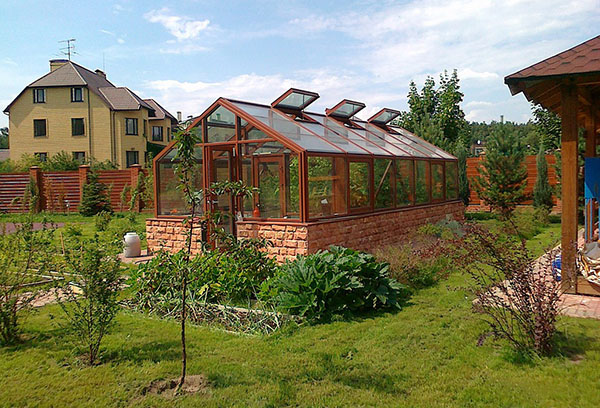
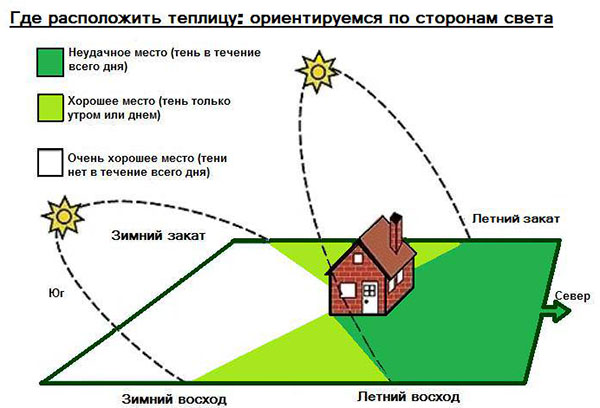
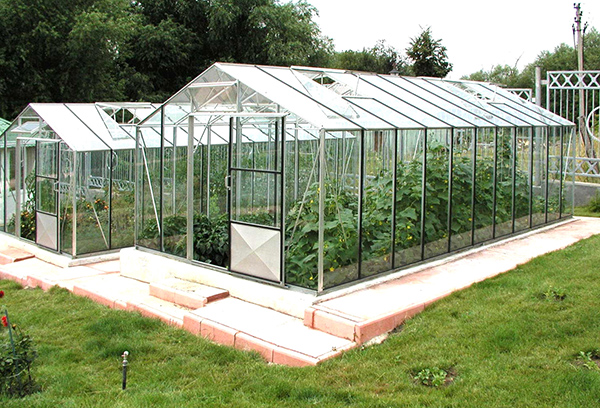
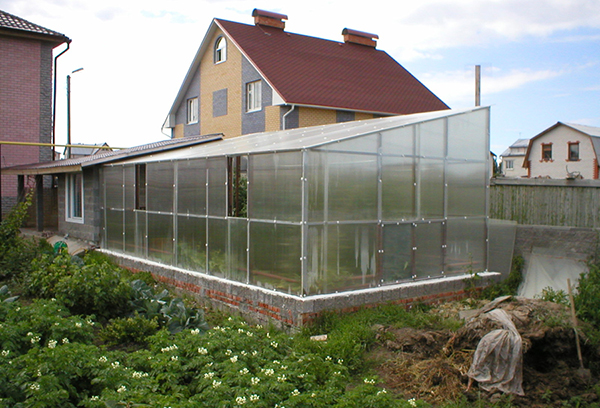
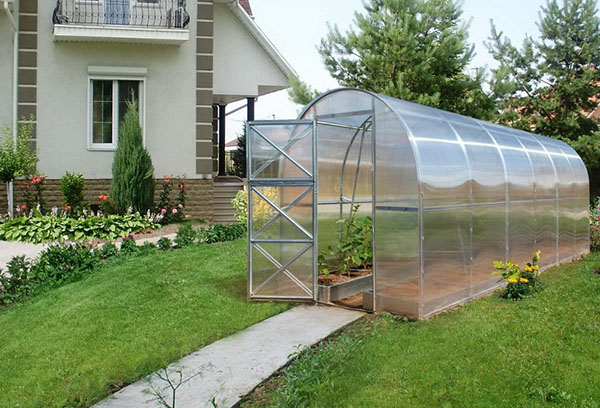
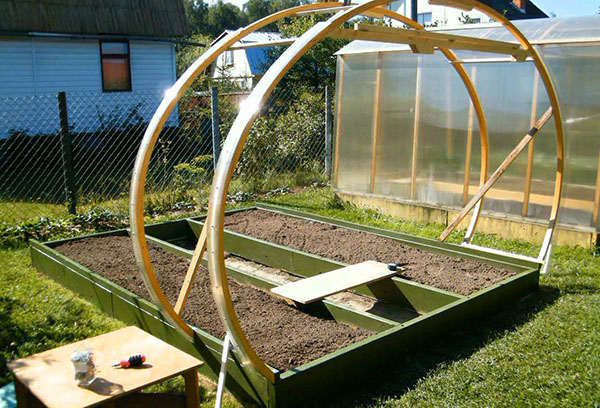
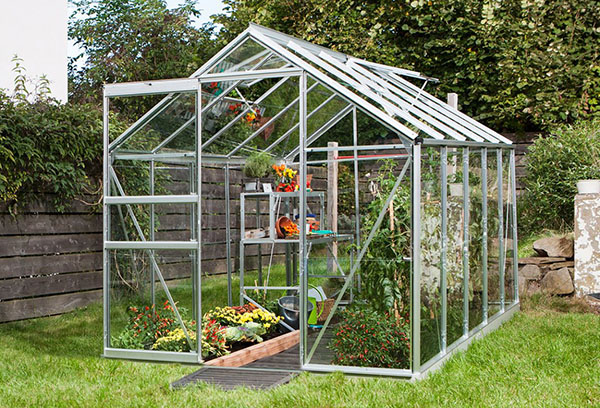
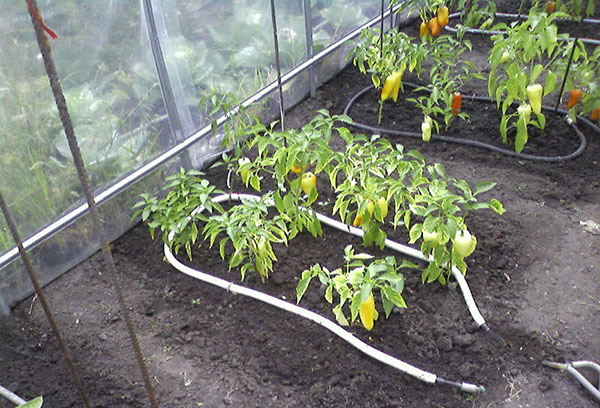
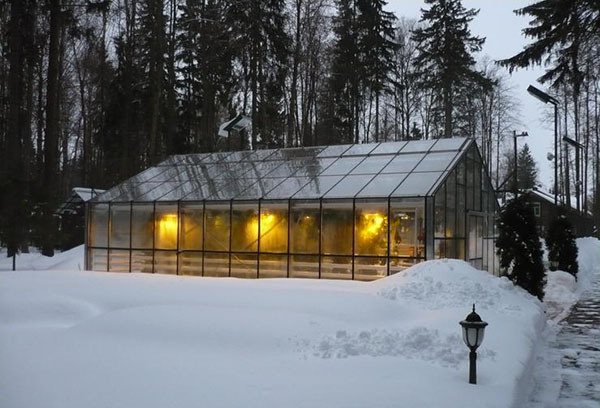
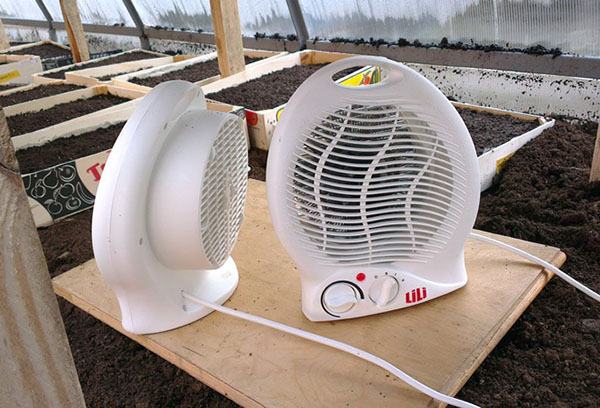
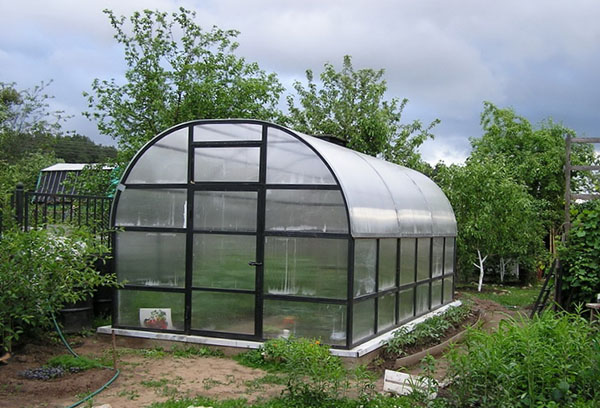



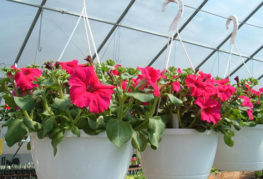
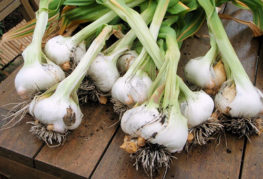

and will be published shortly.